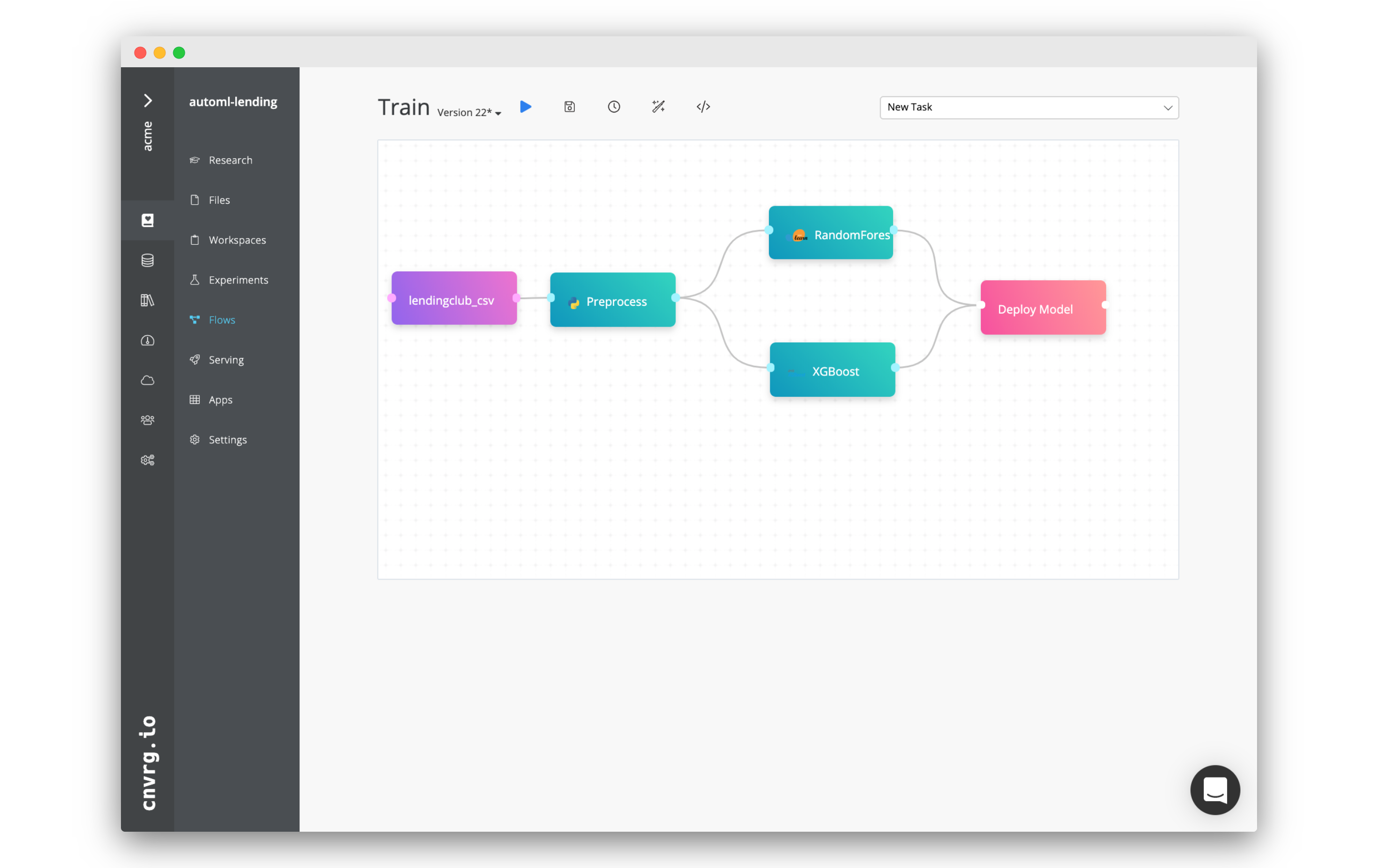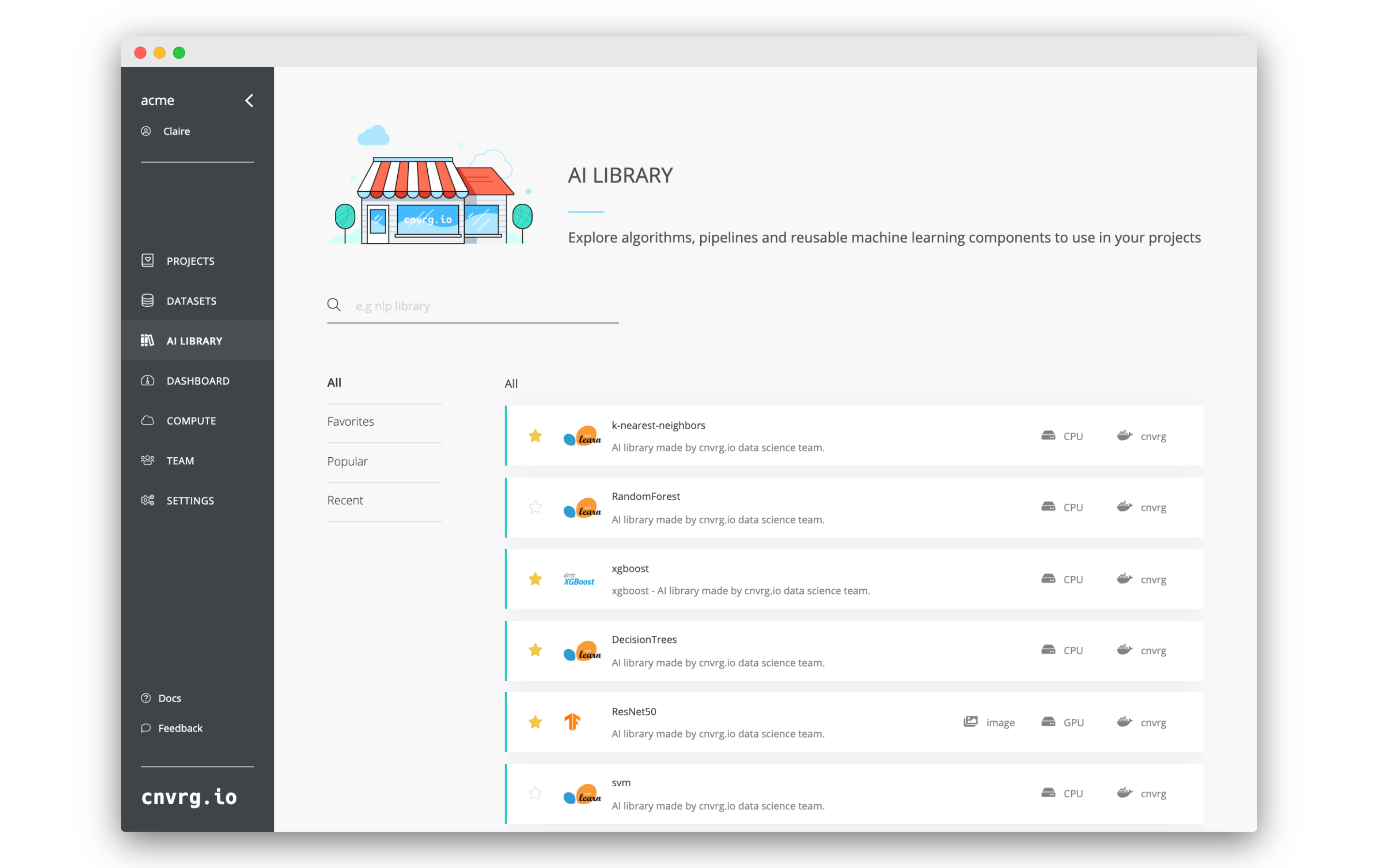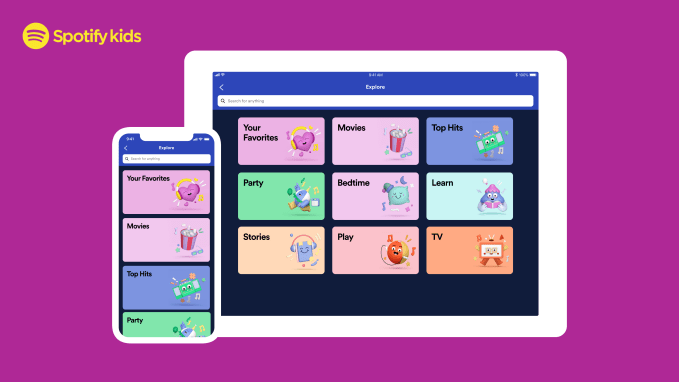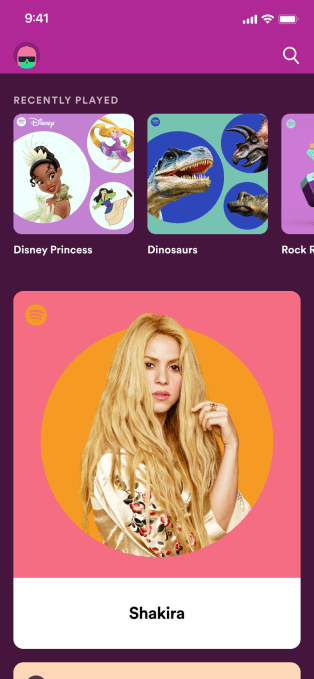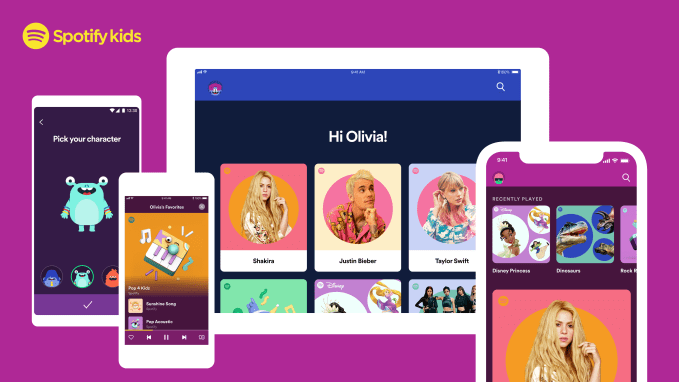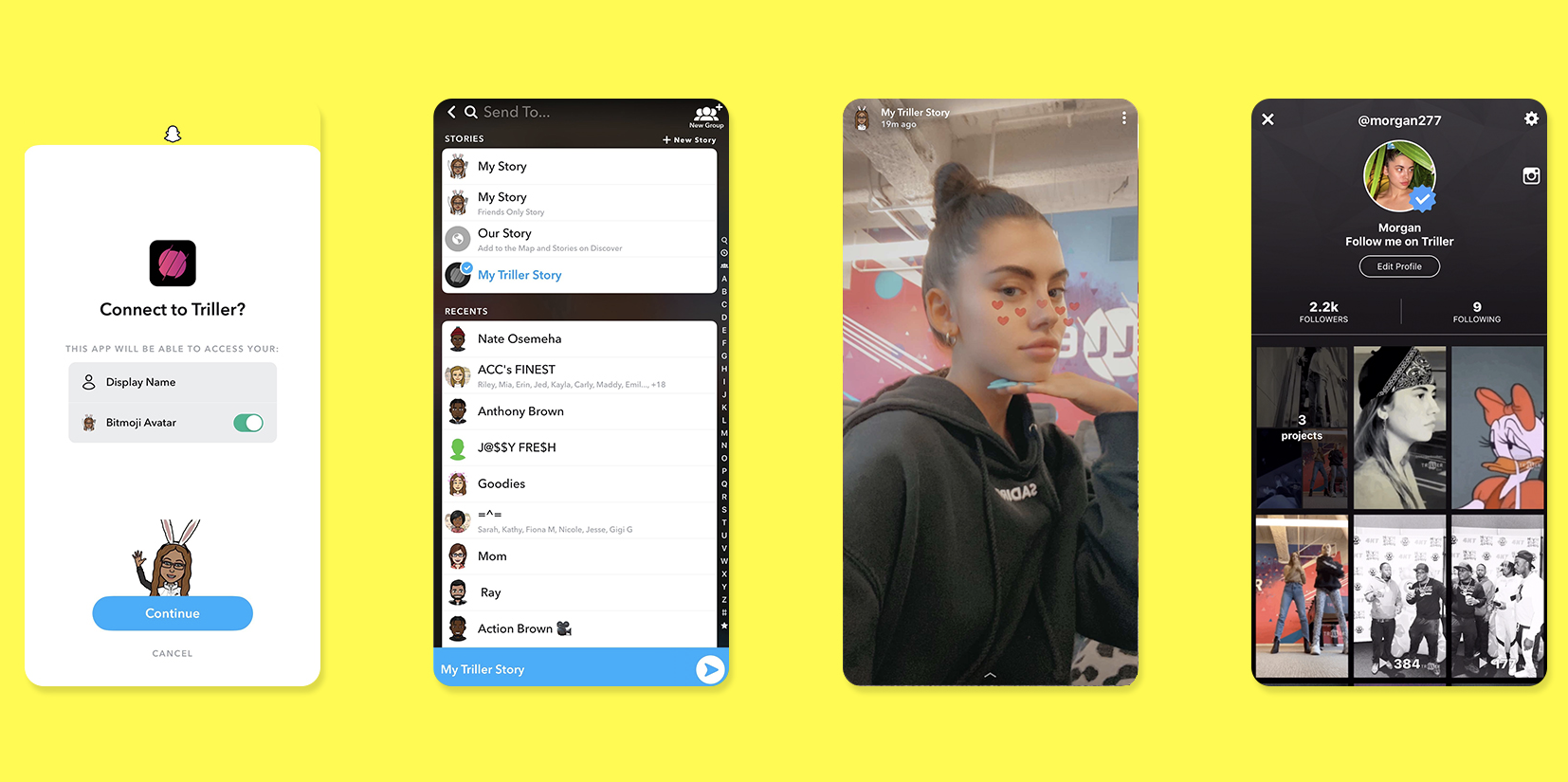An effort I’ve been following in the Bay Area to deliver meals to front-line hospital clinicians dealing with the results of COVID-19 is announcing a big new partnership today that should give it a national stage. Frontline Foods is partnering up with World Central Kitchen to scale up its ad-hoc efforts across the US.
World Central Kitchen is a not-for-profit organization founded by chef José Andrés in 2010 that has made headlines over and over again as it has provided food and disaster relief in countries around the world after disasters like Hurricane Maria in Puerto Rico, the Camp Fires in California and most recently COVID-19-affected cruise passengers in Japan and Oakland.
Frontline Foods is an open-sourced effort to deliver meals to hospital staff from local restaurants impacted by loss of clientele due to coronavirus prevention measures. The equation is a brilliantly simple one. Restaurants have far less customers, hospital staff are moving at incredible speed and unable to score a great meal on the fly.
The #SFhospitalmeals experiment evolved into a full clinician meal program, as launched here by Frank Barbieri and Sydney Gessel, along with Ryan Sarver, who I spoke to via email about the program — one of several similar efforts that collectively became Frontline Foods.
“Frank was texting with a mutual friend of ours, Sydney Gessel, who is a registered nurse in the Emergency Department at UCSF Mission Bay. He asked her, ‘How can I help’ and she essentially replied ‘pizza.’ Nurses are pulling 16-hour shifts, are stressed, tired, no time to cook at home, restaurants are closed and the simple act of feeding themselves was going by the wayside,” Sarver said. “At the same time, restaurants were starting to face the reality of shelter-in-place and the dire results of what it meant for them and their teams. We called up a local pizza spot that night and had a bunch of pizzas delivered to her unit. The restaurant and the clinicians were both ecstatic and we realized there was an opportunity to try to do more of this.”
After a couple of dry runs and a tweet for donors, the project ended up expanding to 7 hospitals and raising an eventual $350k over the past few weeks.
Ryan and Frank and other volunteers like Chris Consentino outlined a spec for the project and reached out to a number of restaurants and started plugging them into spreadsheets that matched restaurants to units in need across a few Bay Area hospitals.
Frontline Foods, as a federation that now has multiple chapters across the US, has 150 volunteers in 12 cities and has raised a combined $700,000. In SF it has delivered 4,375 meals to 6 local hospitals. It currently has the ability to deliver another 12,000 meals in SF. Current hospitals served in the bay include UCSF Mission Bay, UCSF Parnassus, SFGH, Kaiser Geary, CPMC Van Ness and CPMC Davies.
Once they saw that there were more groups in the bay and across the US that had started similar ‘connect restaurants to COVID-19 clinicians’ efforts, they began to see the need to build out a standard.
“We decided ‘open sourcing’ the process and tools we were using would help other people start their own programs and allow us to learn from others groups,” Sarver said. “We eventually launched a Slack to help the other cities coordinate. In less than a week we now have 180 volunteers in the Slack, over a dozen cities launched, have raised $700k, and delivered 7,000+ meals.”
Frontline is looking to leverage WCK’s experience in raising money and preparing food for disasters over the last 10 years. WCK’s help as a fiscal sponsor will also give Frontline Foods the ability to utilize its 501c3 status to accept donations. The side of this that is bolstering local restaurants and creating a pipeline between them and groups of people in need of food — fueled by donations — is what Frontline is hoping to bring to the table.
The group boasts a diverse set of skills from technology and design to community management, food & beverage and non-profits. They’re distributed across the US, Canada and Australia as well. It’s nearly all being run on Slack and Zoom calls as well, and most of the group has never met one another.
“We open sourced the process and tools, which at the time was some Google Docs and Google Sheets,” said Sarver. “In the week since, we have spun up a product and engineering team of volunteers who are designing and building more automated systems. Some of it is custom built and but much of it is going to be built on Coda for the backend tools, documentation and automation.”
Many of the cities that are now a part of the Frontline Foods project were home to efforts that started in parallel. After reaching out and realizing that they were aligned, there was a drive to create a new umbrella that used a shared mission and shared systems to make them more effective.
Frontline is reaching out to local, independent restaurants in the areas where it operates or having them apply via a form, and word has spread through the restaurant community. Many of them, even without previous take-out or delivery experience, are figuring out how to package and deliver meals through Frontline’s pipeline. In return, they get a pipeline of predictable business at a time when they are not seeing much predictability at all.
The restaurant industry has been hit incredibly hard by COVID-19, and there is a real danger that an entire generation of independent food providers will just be wiped out. Many are adapting at speed to a life of takeout, or marketplaces, or safe delivery — but any additional help is welcome. And the double-ended benefit that results from the Frontline Foods (and WCK) project is a fantastic way to deliver that help.
“World Central Kitchen is a team of food first responders, mobilizing with the urgency of now to get meals to those who need them most. We are proud that this alliance with Frontline Foods will help activate even more restaurants and kitchens to feed our brave medical professionals on the front lines, in order to make a meaningful impact in the fight to keep everyone fed, and to support the distressed restaurant industry,” World Central Kitchen CEO Nate Mook said in a release today.
Frontline Foods and WCK are taking no fees from these transactions. Along with the WCK partnership, Frontline is also launching a national donation-matching program with a $200,000 matching grant from top donors.
“This is an unprecedented crisis (I’ve used that a lot, but it is) — the hospitals and clinicians have never seen anything like this,” said Sarver via email. “And for the 11 million people employed by restaurants in the US, they face a very uncertain future. Every dollar of a donation goes directly into the pockets of these restaurants to make the food that goes to our clinicians. If you can, please consider a donation.”
You can donate on Frontline Foods website here.


